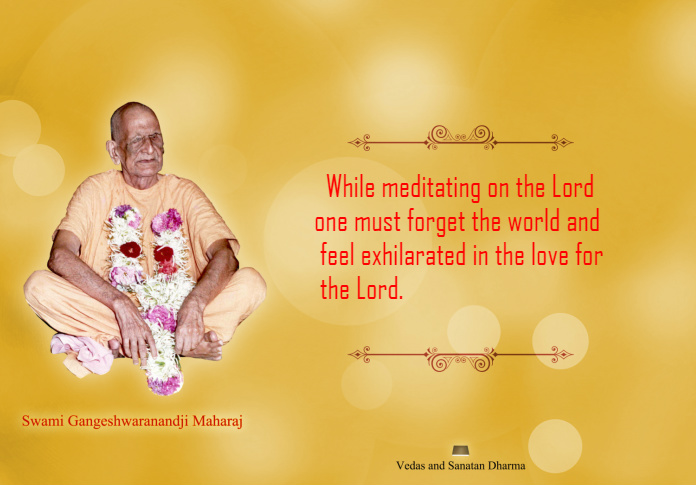YAGNO MEIN SHRESHTHA : JAP YAGNA
YAGNO MEIN SHRESHTHA : JAP YAGNA
JAP YAGNA IS THE BEST FORM OF YAGNA
Repetition of the Lord’s name is the best kind of
Yagna (“sacrifice, devotion, worship, offering” )
This Pravachan was given by Gurudev at Mandi (Himachal Pradesh ) in April 1967.
This is an excerpt from the Jeevani Book entitled YOGESHWAR GURU GANGESHWAR
compiled in Hindi By Smt Ratan Ben Fojedar
“Yagnanaam Jap Yagnosmi”
This is a statement from the Bhagwad Geeta Chapter 10 Shloka 25. Among all Yagnas, Jap Yagna is my swaroop( my real self),
it is my Vibhuti (divine manifestation). This statement of Shri Nand Nandan is full of mystery!
When we view Yagnas from the practical point of view we know that wealth is required to conduct the various
Yagnas and also different facilities and ingredients are required.
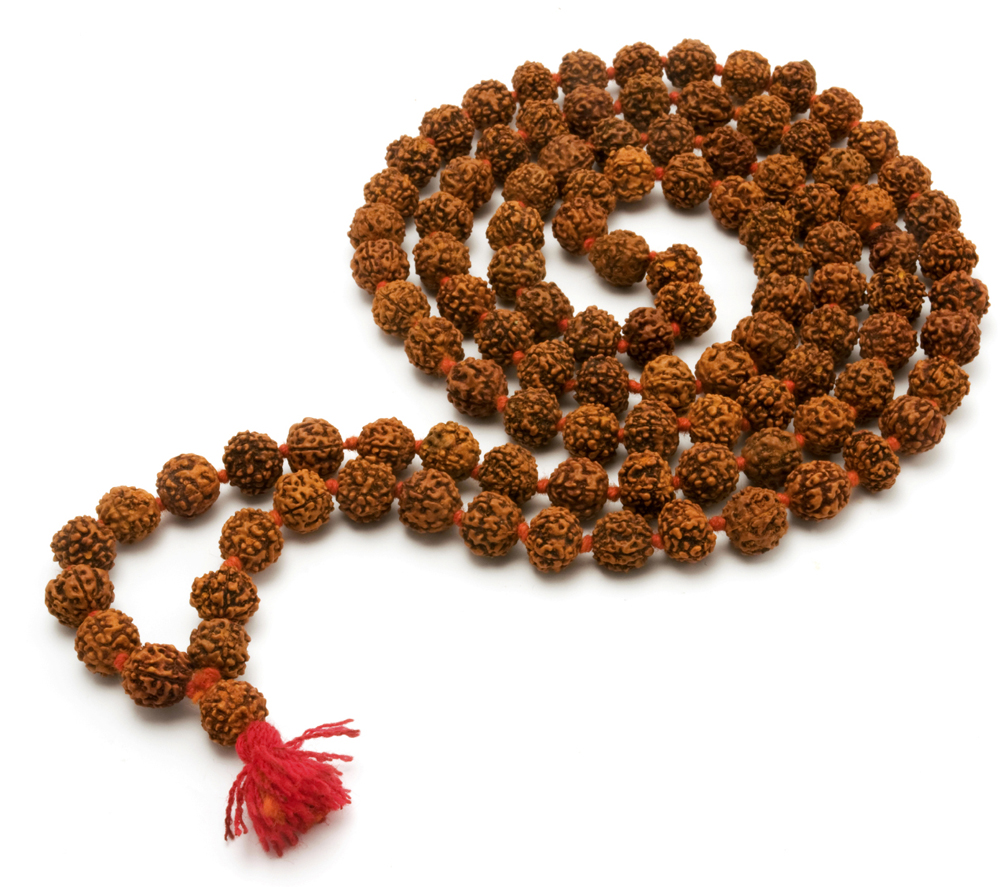
For Jap Yagna we do not require any Samagri (items)and nor do we need any wealth .
Fora yagna we require a pandit or a purohit and also require the help of people to perform the yagna ( the fire sacrifice)
but not for Jap Yagna because a JapYagna can be performed by the individual on his own .
For other Yagnas( Fire Sacrifices) we have to consult an astrologer and know the auspicious time , day and nakshatra to perform the Yagna.
For Jap Yagna, no such formality is required .
Therefore the simplest and easiest way to perform a sacrifice and that which is readily available is Jap Yagna among all the different kinds of Yagnas.
JapYagna is called the Lord’s Vibhuti –His creation of divine brilliance- a small portion of the Lord!
There are several more reasons to give importance and precedence to Jap Yagna.
By chanting the Lord’s name repeatedly we are able to have the darshan of the Lord easily and quickly .
Para Brahman Parmatma has no name or form . A jeeva is separated from the Lord due to name and form only –
at least He appears to be different. There are five things that are apparent in anything and they are –
- Existence–ASTI (अस्ति )
- Beauty or splendor— BHAANTI (भाँति )
- Liking—PRIYA (प्रिय )
- Name—NAAM (नाम )
- Form— ROOP (रूप )
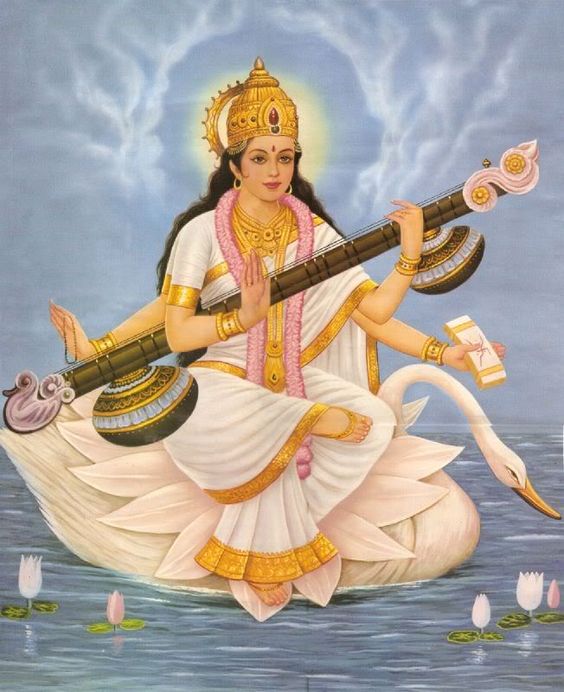
Those who have studied the Shastras tell us that Asti , Bhaanti and Priya are Brahman and they are the different
aspects of the Lord’s SAT CHIT ANAND (सच्चितानन्द) form. Name and Form are the products of Maya –the divine illusion of Para Brahman.
If we are in a palace we climb down the stairs to go down.
But if we have to climb up to reach where we started from, we have to use the very same stairs.
These are the stairs that we have climbed down from the Lord’s palace therefore we need the help of these stairs of
Name and Form to climb back and unite with the Lord. This,indeed is the most easy and simplest way.
By constantly repeating the name of the Lord and by visualizing His image we can get the Darshan of the Lord in the kingdom of our emotions.
The leelas of the Lord are visible and when we see Him in and through everything it is then said that we have had His Darshan.
This is the true vision of the Lord i.e, when we see Him in everything . This is Mantra Yoga –the union with the Lord by way of mantra.
This can be called the royal path. In Hatha Yoga we have to purify and twist and turn our body by performing several asanas or postures.
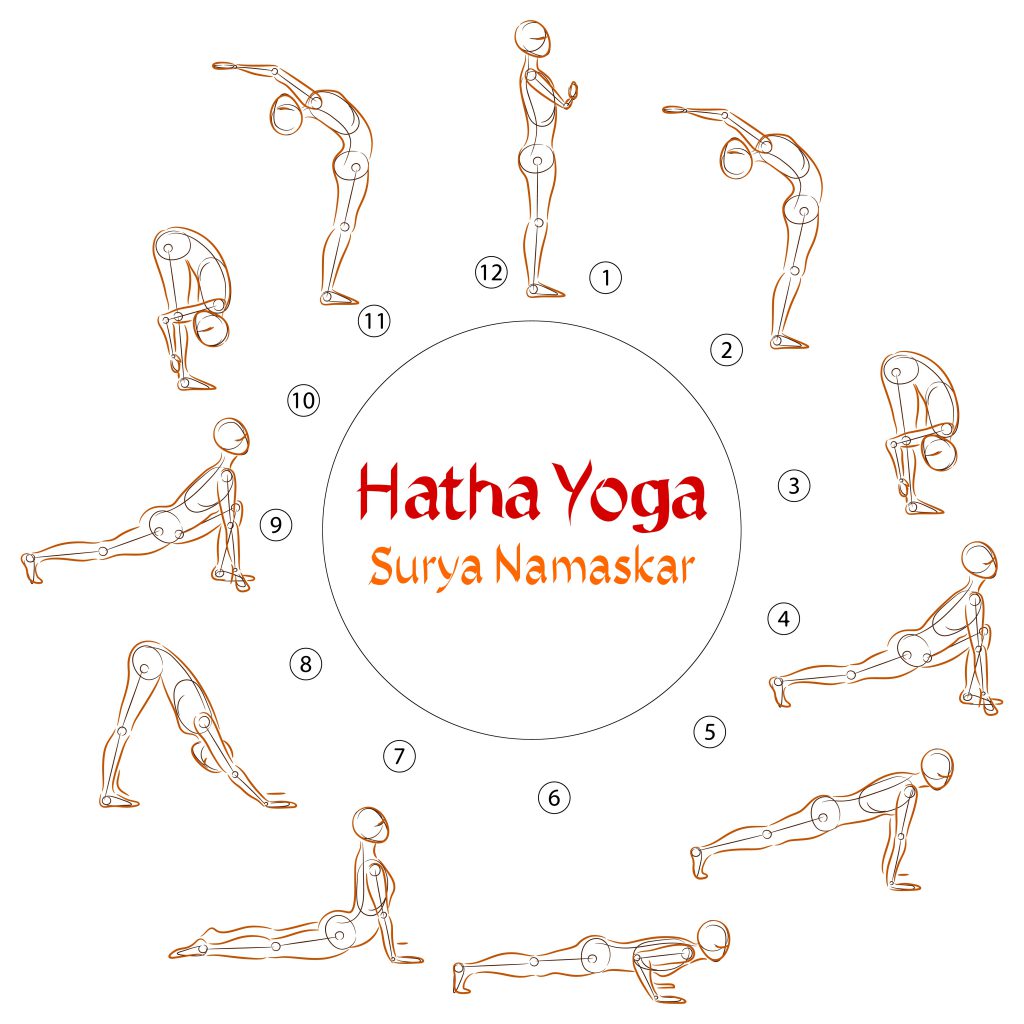
This is difficult in the beginning and a bit laborious also. If we do not meet a knowledgeable master to teach us the right way of
Hatha Yoga we may encounter several ailments. In Dhyan Yoga, the Kundalini is aroused by concentrating on the flame of light .
They say that the Kul Kundalini Roop Radha Maata takes up the journey to meet her beloved Bhagwan Nand Nandan seated
in the lotus of the Sashraradal lotus which is akin to Golaka Dham. She comes along with her companions/Sakhis – empathy, love and mercy etc.
Just as Radha Rani journeys to Vrindavan Dham along with her friends Lalita, Visakha etc to meet the Lord,
the Kundalini travels to the Sashradal Chakra lotus.
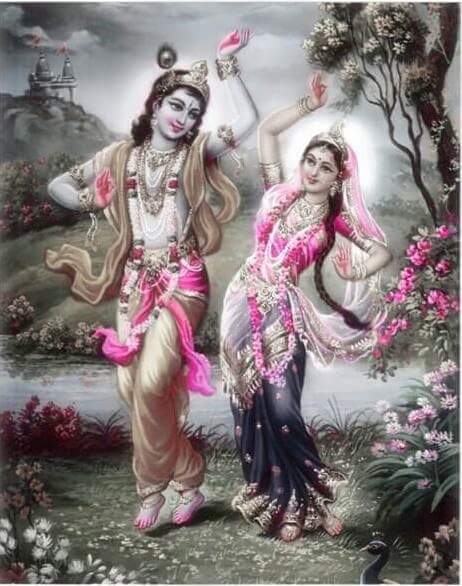
In Jap or Mantra Yoga the devotees’ devotion is the only requirement, and he can please the Lord with his dedication.
When the Lord is pleased and when necessary the Kundalini is automatically aroused and the accompanying siddhis/powers
like Anima (power to assume minute forms) and Garima (the power to grow heavy ) etc accompany and present themselves with folded hands.
The devotee has to be very alert and not fall prey to these powers . If he falters he will be entangled in the world. By utilizing the siddhis of
Anima, Garima etc the ego gets inflated and one has to be once again get caught in the Samsara of birth and death.
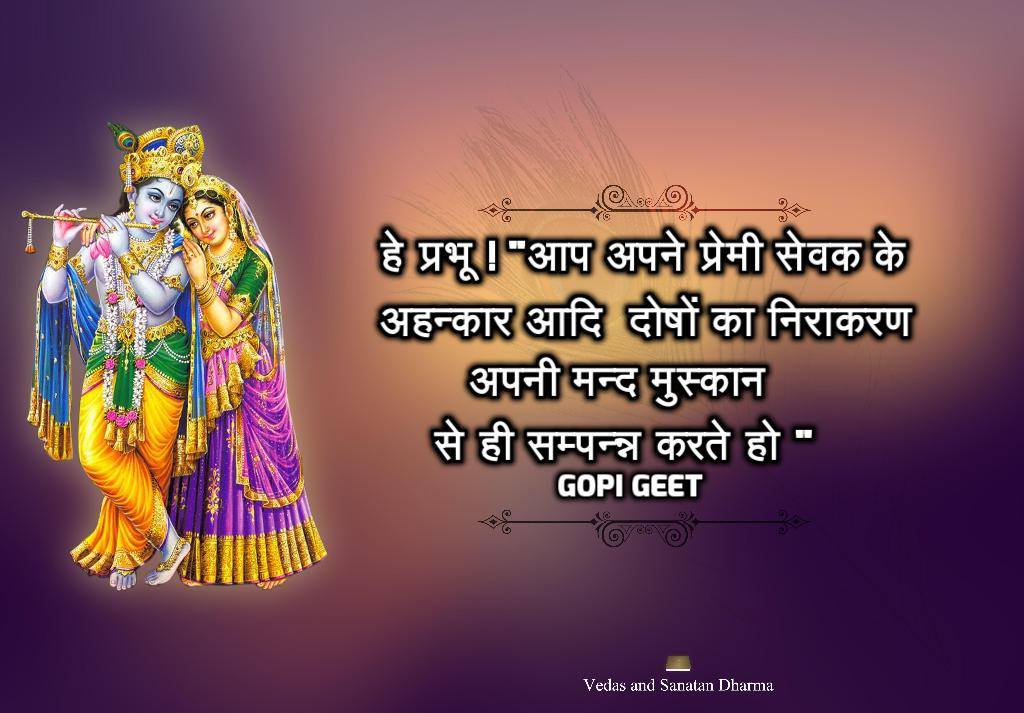
In the other forms of devotion there is tremendous effort required, but in Bhakti Marg and in Jap or Mantra Yoga the Lord
Himself takes on the responsibility on behalf of the devotee.
I am certainly not negating or denying the other paths of Gyan or Buddhi Yoga or even Karma Yoga as prescribed by the Rishis and Munis of yore.




